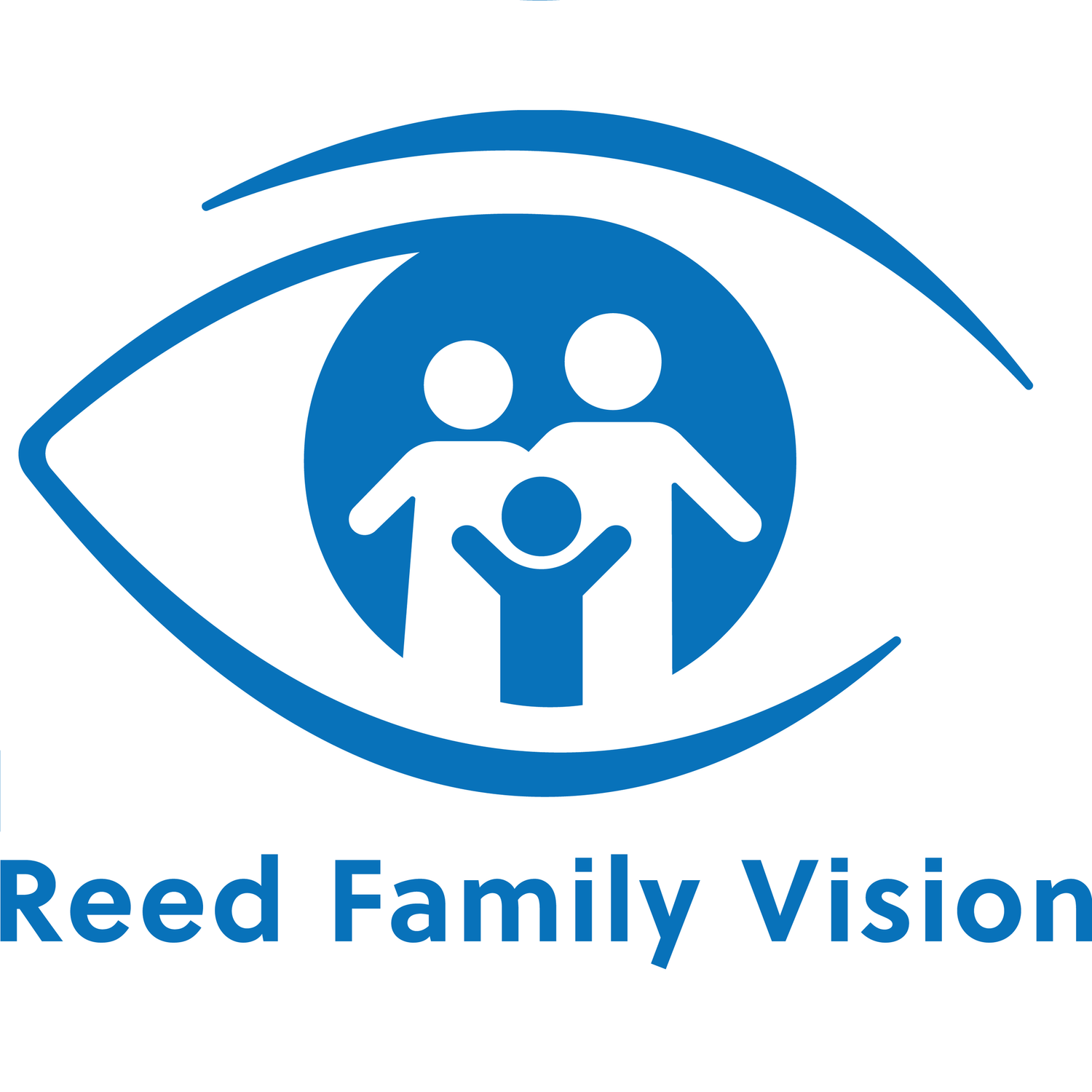What is myopia?
Also called nearsightedness. Myopia is a vision condition in which you can see things up close clearly, but things far away are blurry. People with myopia may have difficulty seeing the TV, seeing the whiteboard at school, and driving. Read our FAQs About Myopia to learn more.
Also called farsightedness. Hyperopia is a vision condition in which you can see things far away more clearly and comfortably than things up close. How much hyperopia affects your vision depends on how big your prescription is. People with hyperopia may have trouble reading small print or working on computers, and they may experience eye strain and headaches.
What is hyperopia?
Astigmatism is a vision condition which can affect both close up and far away vision. It is caused by the shape of the front of your eye being more curved in one direction than another, sometimes called a “football shape” instead of a “basketball shape.” People with astigmatism often have worse vision at night than during the day, see halos or starbursts around lights, and they may have eye strain with computer work.
What is astigmatism?
Presbyopia is a vision condition in which up close things become blurry as you age. It is the most common vision condition and is caused by the lens inside your eye becoming less flexible over time. People with presbyopia have trouble reading fine print up close, and they may have eye strain or headaches when reading.
What is presbyopia?
There are very few people whose prescription will prevent them from being able to wear contact lenses. The newest contact lenses include options for people with myopia, hyperopia, astigmatism, and even presbyopia. Ask us how you can experience significant freedom from glasses.
Can I wear contacts with my prescription?
Everyone eventually experiences a change in their up close vision as time goes by. There are many options for improving up close vision, including bifocal glasses. Not every option is right for every person, but generally bifocals are the most convenient option for people who need one prescription for far away vision and a different prescription for up close vision.
Do I need bifocals?
What are floaters?
Floaters are spots in your vision that move when you try to look at them. They are caused when the gel inside your eye, called the vitreous, clumps together and casts a shadow on your retina. Most of the time floaters are benign, but if you notice and increase in floaters please contact us right away — especially if accompanied by bright flashes of light or a permanent shadow or shade in your vision. This could be a sign of a more serious condition called retinal detachment and needs emergency treatment.
Why are my eyes always burning and tired?
These could be symptoms of dry eye syndrome. Dry eye syndrome is very common as you age and affects women more than men. Dry eyes are caused by either our eyes not making enough tears or our glands in our eyelids not secreting enough oils for our tears to stay on our eyes longer.
Yes. Eye exams can diagnose much more than just vision issues — they can save lives. Certain health conditions can cause changes in the eyes before anywhere else, and some vision issues do not have any symptoms until later stages of the disease process. It is always better to diagnose and treat eye health problems early.
I’m healthy and see clearly. Do I need an eye exam?
What is Amblyopia
(lazy eye)?
Is the loss or lack of development of clear vision in one or both eyes. It is often associated with crossed eyes or is a large difference in the degree of nearsightedness and farsightedness between the two eyes. It usually develops before age 6 and does not affect side vision. Eyeglasses or contact lenses cannot fully correct the reduced vision caused by amblyopia if the vision was not developed within the critical period. Treatment for lazy eye may include a combination of prescription lenses, prisms, vision therapy, and eye patching. In vision therapy, patients learn how to use the two eyes together, which helps prevent lazy eye from reoccurring.





